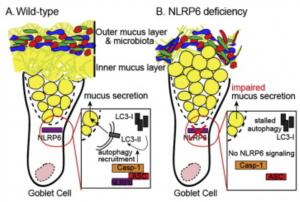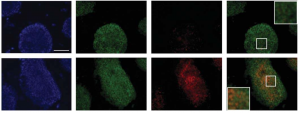The interplay between the innate immune system and the microbiota
The human gastrointestinal tract harbors one of the highest densities of microorganisms on earth, called the microbiota. In fact, the number of microbial cells in the intestine outnumbers the amount of human cells of the entire organism by a factor of 10. As such, a human being is more and more perceived as a super-organism consisting of a eukaryotic and a prokaryotic part. The compartment mediating the communication between both parts is the innate immune system and its various microbe-sensing pattern-recognition receptors. Co-evolution of the microbiota with the innate immune system has resulted in elaborate interdependency and feedback mechanisms by which both systems control mutual homeostasis. Here, we review the most important innate immune-microbiota interdependencies known to date. While microbial sensing by pattern-recognition receptors is required for stable microbial composition, the presence of the microbiota, in turn, is necessary for proper development and function of the immune system.
Visit full article page: http://www.sciencedirect.com/science/article/pii/S0952791513002057?via%3Dihub

